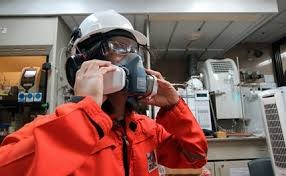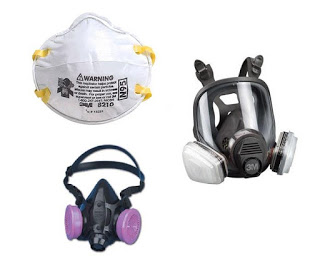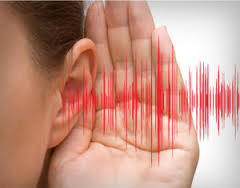
Every employer knows that employees must be fit tested before you use a respirator in the workplace. You must be fit tested with the specific make, model, style, and size of respirator that you will be using.
That’s the first part of OSHA regulation 29 CFR 1910. But, THERE is the second part of the regulation.
The full regulation states that employers shall ensure that an employee using a tight-fitting facepiece respirator is fit tested prior to initial use of the respirator, whenever a different respirator facepiece (size, style, model or make) is used, and at least annually thereafter.
It may be time to schedule their yearly testing. OSHA is strict on the respiratory standard, especially in light of the current pandemic, and you don’t want to be caught off-guard, SO IT may be time to schedule your yearly testing.
DON’T FORGET OSHA Respirator Medical Clearance
When respiratory protection is required employers must have a respirator protection program as specified in OSHA’s Respiratory Protection standard (29 CFR 1910.134). Before wearing a respirator, workers must first be medically evaluated using the mandatory medical questionnaire or an equivalent method.
Respiratory protection is number five on OSHA’s Top 10 Most Frequently Cited Standards.
What is Respirator Fit Testing?
Annual fit testing is important because it ensures that an employee’s facepiece respirator works effectively.
Respirators need to fit tightly in order to work, and an employee’s respirator size or fit may change year to year.
There are two types of required testing:
The Qualitative Fit Test
1. The Qualitative Fit Test – This test measures effectiveness based on an employee’s sense of taste and smell, rather than a numeric measure. Employees must react to a test agent substance that has a distinct taste or smell while wearing their respirator. This helps detect leakage into the respirator facepiece.
The Quantitative Fit Test
2. The Quantitative Fit Test – Instead of relying on senses, this test uses a machine to measure the amount of leakage into a facepiece.
The Easiest Way to Test
Amid a pandemic, the last thing you want to do during a pandemic is to send your team to urgent care and most of the hospitals are overwhelmed.
In addition to long wait times with the general public, they may be at higher risk for COVID-19 exposure. The easiest way to test is for us to come to you on your schedule.
The Respirator Standard & Medical Clearance
We get calls from customers that get wrote up for being out of compliance for respirators because during the OSHA Inspection they did not have Medical clearance to use their PAPRs (Powered Air Purifying Respirators), which don’t need fit testing. however, they’re still classified as respirators, so they have to have respirator medical clearances on file.”
Therefore, employees must be evaluated before they are fit tested, according to OSHA standard 1910.134(e)(1). That section states that “the employer shall provide a medical evaluation to determine the employee’s ability to use a respirator, before the employee is fit tested or required to use a respirator in the workplace.”
Get Your Respirator Clearances with KSA
At KSA OCCUPATIONAL SERVICES, we make respirator medical clearances easy and fast.
Get started with these easy steps: Call 615-426-9556
Complete your respirator clearance questionnaire, then submit;
The completed respirator clearance questionnaire will be reviewed by our staff PLHCP Medical Provider;
A respirator clearance certificate will be issued
With mobile medical testing, you can get fit-testing done at your worksite. On your schedule. On your terms. Or get your FIT testing and Audiometric testing both done!
KSA OCCUPATIONAL Can bring the testing facility to you. Schedule today to secure your testing dates
More About KSA OCCUPATIONAL SERVICES
In addition to on-site respirator fit tests, we also conduct AUDIOMETRIC exams & training, pulmonary function tests right on your job site.
We also keep accurate, easy-to-access medical records for your convenience. You’ll keep your employees at work, and stay ahead of OSHA inspections.
With KSA OCCUPATIONAL SERVICES, — we can bring everything to you. Our certified lab technicians can perform both qualitative and quantitative respirator tests to ensure a perfect fit.
No alt text provided for this image
We test NATIONWIDE. Give us a call at 1-615-426-9556, or go to https://ksahearingconservation.com/contact-us/ to schedule an on-site visit or to get your free quote!




